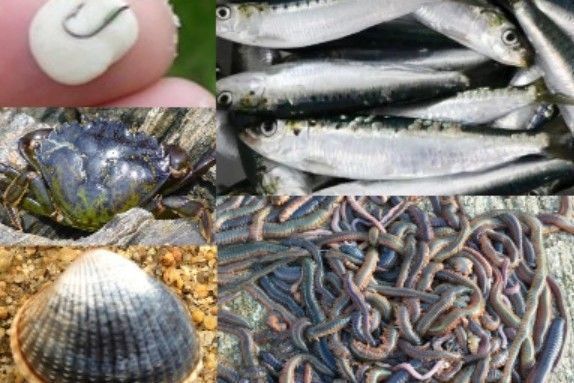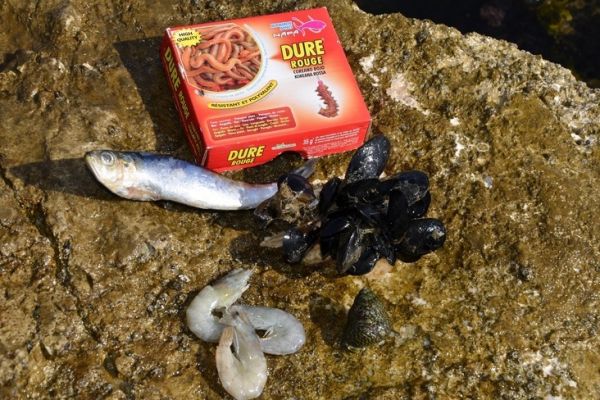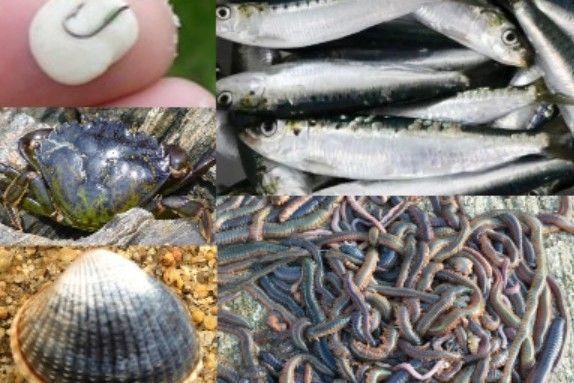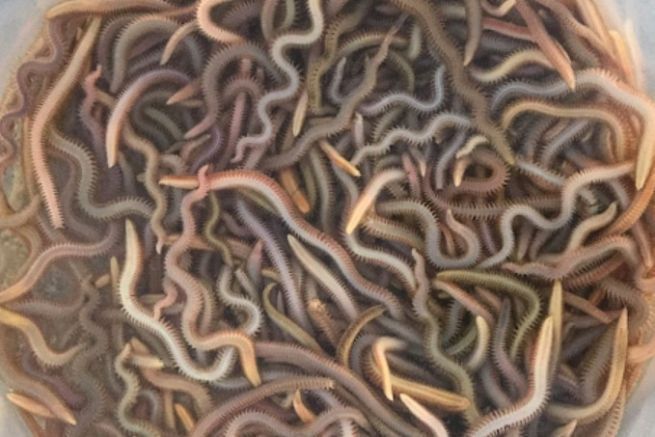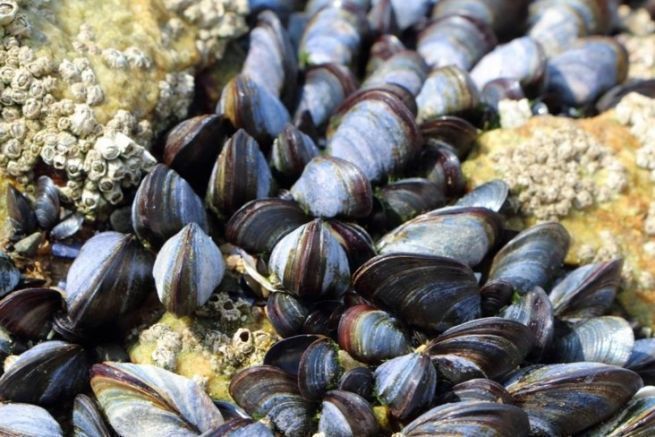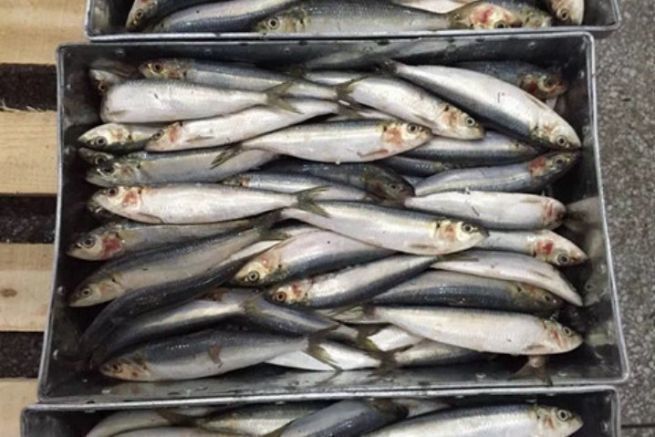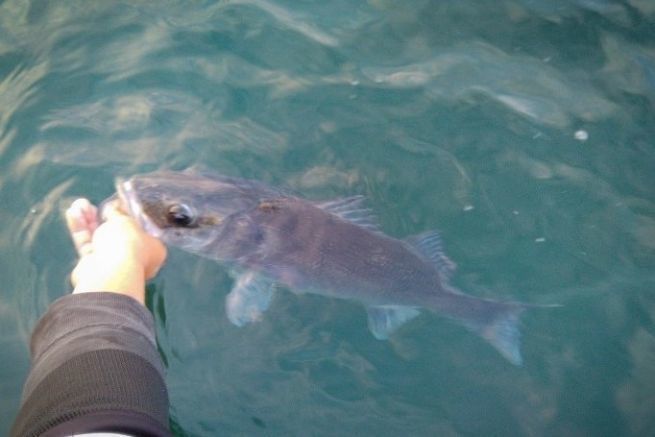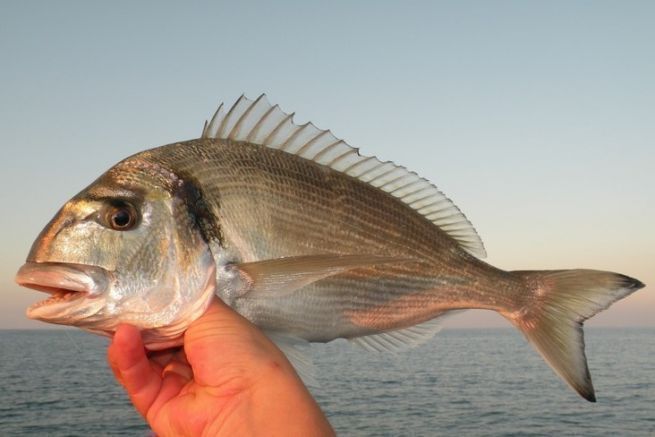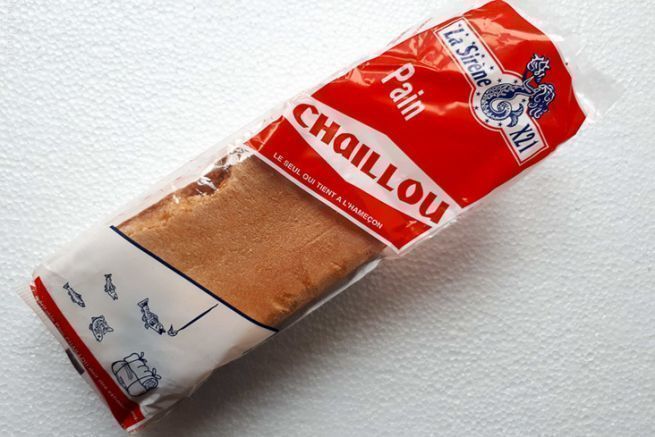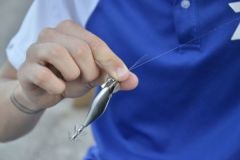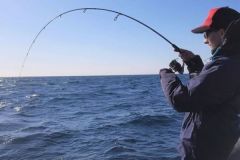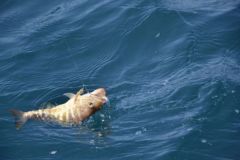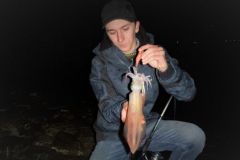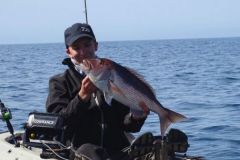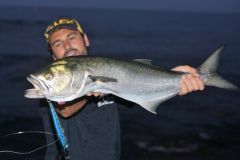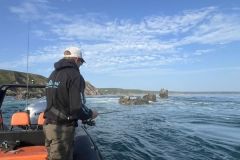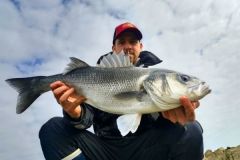Baits for all fish
Indeed, whether the rod is the latest technology or a simple bamboo is of little importance to fish. It is the juices flowing from the bait, its reflections or its vivacity that will decide the predator to bite, creating the magic moment of the touch.
Everything that is alive can be used as food for fish. But it is important to know that no fish eats anything and everything, but only specific prey. A 40 kilo skinny fish will not eat an areca worm any more than a sea bass will eat a mussel in its shell.
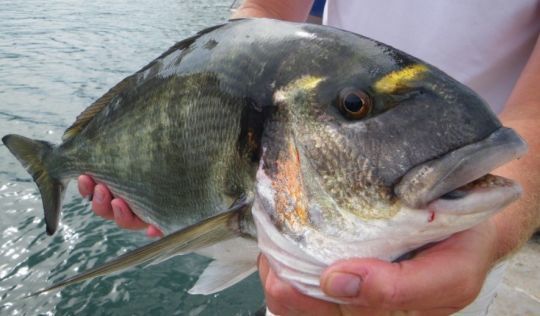
A wide range of baits
Before you go fishing, get several varieties of bait to try to catch different kinds of fish. These baits come from six main families: worms, shellfish, fish, cephalopods, crustaceans and plant baits.
The list is far from exhaustive, and you will undoubtedly come across other baits locally. Either by rubbing shoulders with other anglers, or on the advice of a tackle shop, or simply by observing the nature and stomach contents of your catch.
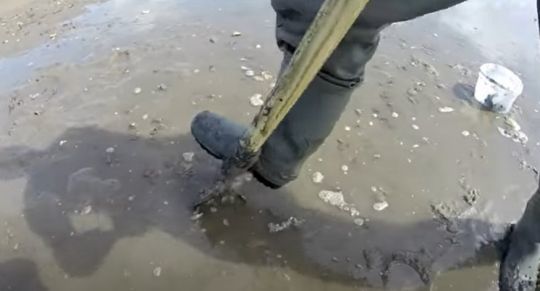
Freshness is the order of the day
Each bait has a specific harvest, some can be purchased, such as worms, cephalopods or fish. Remember that fish live in the same environment as their prey, and are used to eating them alive or dead recently, because nothing drags for long underwater. The freshness, first quality of the bait, is necessary to decide the fish to bite.
Baits should be kept either in regularly replenished water, in a little of their original medium or in a cooler containing ice. They can also be frozen or salted. The diet of the fish is slightly varied depending on the fishing areas and the fish sought.
Finally, a golden rule specific to bait fishing: change your baits regularly. In water, baits lose their scent over time, which makes them less attractive and reduces the number of hits.

 /
/ 